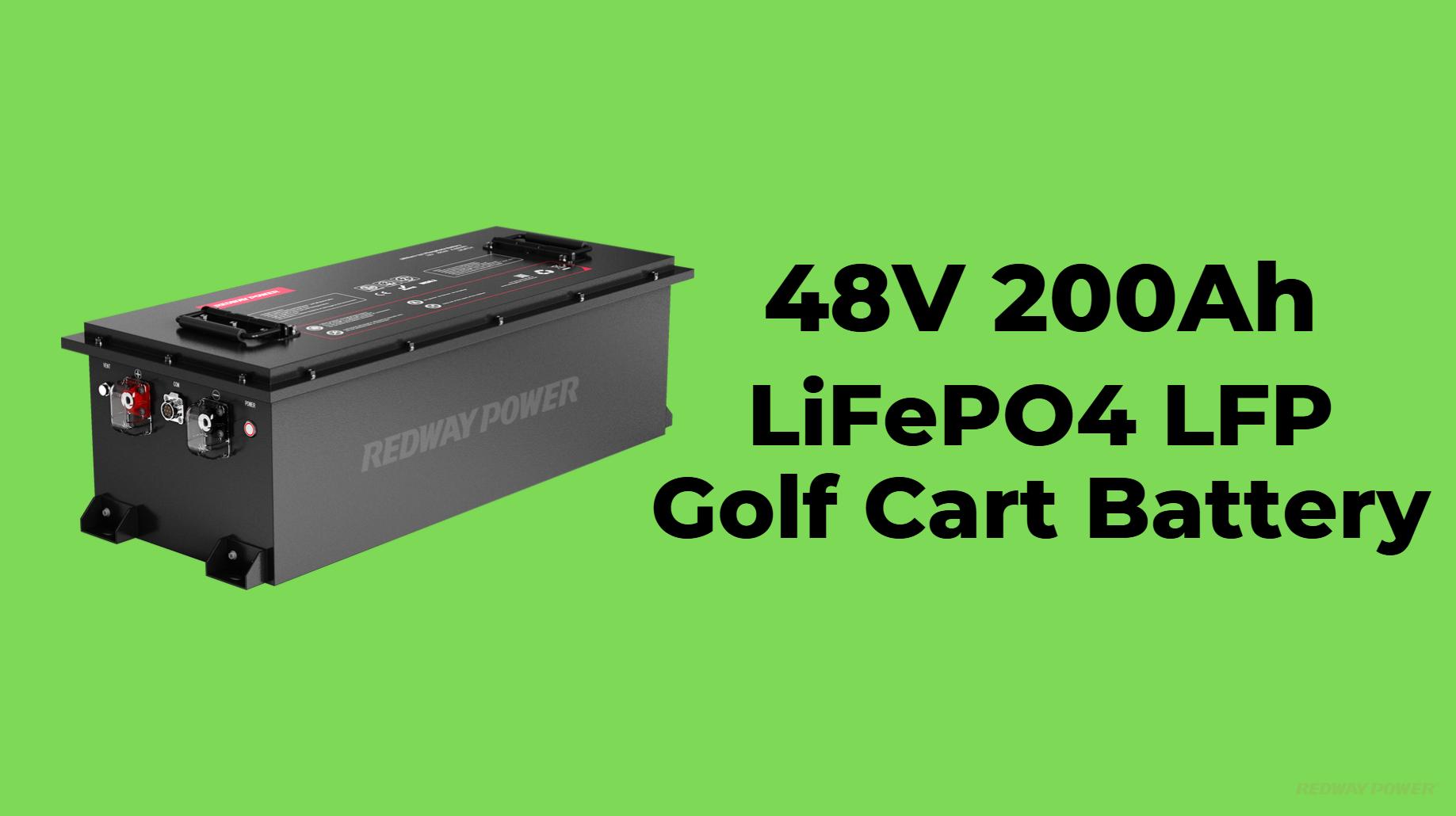The maximum charging current for a 48V 200Ah battery typically ranges from 0.5C to 1C, which translates to 100A to 200A. However, it is crucial to consult the manufacturer’s specifications for precise recommendations, as different battery chemistries and designs may have specific requirements.
Understanding Battery Capacity and Charging Currents
What Does 200Ah Mean?
The 200Ah (amp-hour) rating of a battery indicates how much charge it can hold. Specifically, it means that the battery can theoretically deliver 200 amps of current for one hour, or 100 amps for two hours, and so on. This capacity plays a critical role in determining the optimal charging current.
Charging Current Recommendations
For LiFePO4 batteries, the recommended charging current typically ranges from 0.5C to 1C, where C represents the capacity of the battery in amp-hours. For a 200Ah battery:
- 0.5C would be 100A (0.5 × 200)
- 1C would be 200A (1 × 200)
This means the maximum charging current for a 48V 200Ah LiFePO4 battery should ideally not exceed 200A. However, it’s essential to consider various factors such as battery design and manufacturer recommendations.
Factors Influencing Maximum Charging Current
Battery Design and Chemistry
The chemistry of the battery plays a significant role in determining how quickly it can be charged. LiFePO4 batteries, known for their thermal stability and safety, typically support faster charging compared to other lithium chemistries, such as lithium cobalt oxide (LCO).
Manufacturer Specifications
Different manufacturers may provide specific guidelines for charging currents. It’s advisable to consult the technical data sheet provided by the manufacturer of your 48V 200Ah battery for the exact maximum charging current.
Temperature Considerations
The ambient temperature can significantly affect charging rates. Charging at high temperatures can lead to thermal runaway, while very low temperatures can hinder charging efficiency. Therefore, it’s vital to monitor the temperature during charging and adjust the current accordingly.
Charging Equipment
Using a compatible charger designed for LiFePO4 batteries is essential. Chargers typically have built-in protections that limit the charging current to safe levels. Always ensure that your charger matches the specifications of the battery for optimal performance.
Benefits of Proper Charging Practices
Enhanced Battery Lifespan
Adhering to the recommended charging currents can significantly extend the lifespan of your LiFePO4 battery. Overcharging or charging at excessive currents can lead to degradation of the battery’s internal components.
Improved Performance
Proper charging not only enhances the longevity of the battery but also ensures better performance. A well-maintained battery operates more efficiently, providing consistent power output.
Safety Assurance
Charging within the recommended parameters reduces the risk of safety hazards, including overheating and potential fires. Ensuring your battery is charged correctly is paramount for user safety and device reliability.
Latest Developments in Battery Technology
In the rapidly evolving landscape of battery technology, significant advancements have been made. According to recent news from Google, researchers are exploring innovative materials and technologies that enhance charging speeds and efficiency. Some notable trends include:
- Solid-State Batteries: Promising faster charging times and increased safety.
- Fast-Charging Technologies: New algorithms and chargers that can adapt to battery conditions in real-time.
- Battery Management Systems (BMS): Enhanced BMS that optimizes charging and discharging cycles to extend battery life.
These developments underscore the importance of staying informed about the latest technologies and practices in the battery industry.
Selecting the Right Charge Amperage for Your Battery
FAQs
What is the ideal charging current for a 48V 200Ah LiFePO4 battery?
The ideal charging current is between 100A and 200A, depending on the manufacturer’s specifications.
Can I charge my 48V 200Ah battery faster than 200A?
Charging above the manufacturer’s recommended current may damage the battery and void warranties. Always follow the specifications provided.
What happens if I charge at a higher current than recommended?
Exceeding the recommended charging current can lead to overheating, reduced lifespan, and potential safety hazards.
Is it safe to charge a LiFePO4 battery overnight?
Yes, if you use a smart charger with built-in protections, charging overnight is generally safe. However, monitoring the battery temperature is advisable.
How do I know if my battery is fully charged?
Most chargers have indicators to show charging status. Additionally, you can use a battery management system (BMS) that provides real-time data on battery status.
Conclusion
Understanding the maximum charging current for a 48V 200Ah battery is crucial for ensuring optimal performance and longevity. By adhering to recommended charging practices, utilizing appropriate charging equipment, and staying updated on technological advancements, users can maximize their battery investments. At Redway Battery, we remain committed to delivering high-quality LiFePO4 batteries and solutions tailored to your needs. For a quick quote or more information on our products, contact us today!



